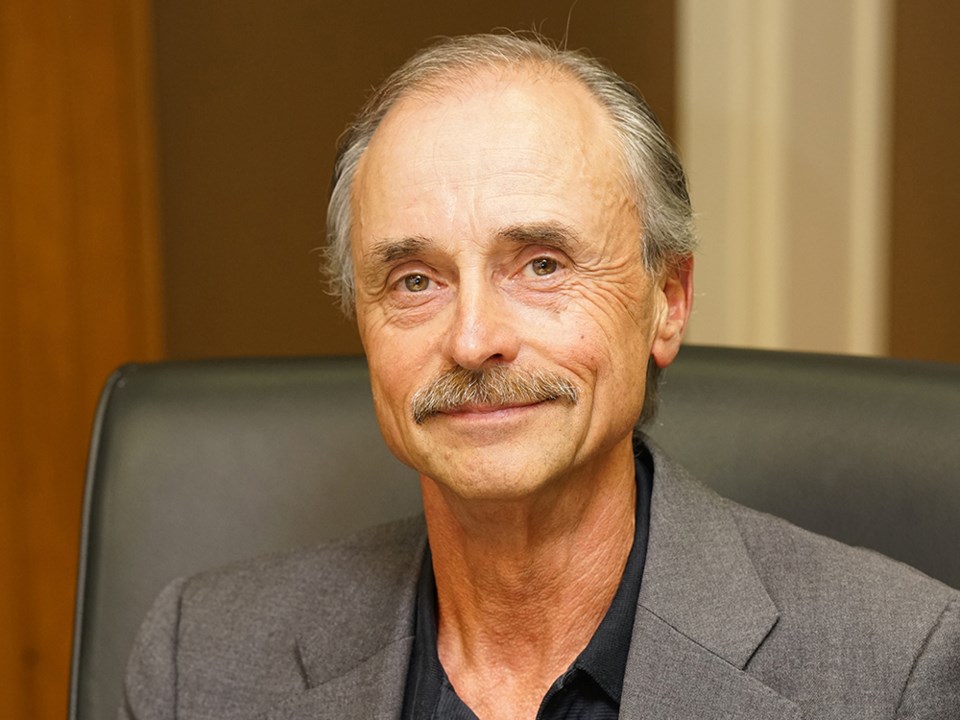qathet region’s ambulance service is facing staff shortages, according to the former unit chief of the service here.
City of Powell River councillor Rob Southcott, at the June 14 committee of the whole meeting, said it is not good news that the station can now guarantee one ambulance 24/7.
“The upside is that the ambulance is fully staffed by two full-time people in the station,” said Southcott. “There is another day shift that is scheduled 10 am to 10 pm, which are the busiest hours during the day, but it was not unusual when I was chief to have three ambulances out.
“The vehicles are there but due to the changeover to compensating staff fully, across the province, shortages of staff have resulted in instances such as Kamloops only having one ambulance during one day.
“It’s a systemic challenge. Ambulance management are tearing their hair out trying to look after this potential crisis. I just want us to know about that.”
Southcott said Powell River Fire Rescue is filling in and he’s thankful they are there. He said there is a difference in training and skills. As far as the essential, fundamental interventional service provided, they can provide those basic services, he added.
Mayor Dave Formosa said from what he was hearing, there was not a budget cut, but there was just not enough staff.
“That’s the whole problem,” said Southcott.
Formosa asked about the ability to go to retirees and have them fill in.
“I’m concerned for our community,” said Formosa. “Can retirees get relicensed or are they still licensed.
“Thank God we have our firefighters and they know the basics for heart attacks or dealing with car accidents.”
Southcott said the second ambulance that operates during the day is stressed at the moment because there have been two recent retirements, but both of those people are expected to come back. He said keeping a licence is a matter of individual responsibility. He could have kept his but didn’t because his life had too many things going on.
Southcott said unlike the fire service, ambulance staff do not have to retire at age 60.
“The local station is depending on retirees to some degree, but I think there are six people off on health-related injuries and stress,” said Southcott. “It’s the same kind of thing that is going on with the RCMP. There are huge efforts to try to hire and what we are going to see is a lower level called the EMR, emergency medical responder, which is lower than the qualifications to be hired into this station. If this station can get EMRs, they are definitely going to take them.”
Southcott said burnout has always been a problem, but it is now at crisis level.
Committee chair councillor Cindy Elliott asked what young people have to do if they want to become ambulance attendants.
Southcott advised phoning the local unit chief at 604.414.3699.
He said he believes the ambulance service is now offering training into the EMR. In addition, ambulance paramedics need a class four licence, and they cannot apply until they’ve held their driver’s licence for three years, so 19 is about the youngest that people can apply for becoming ambulance staff, he added.
The Peak has placed a call to British Columbia Emergency Health Services’ media department, which has indicated it will respond to the situation as outlined by Southcott.



